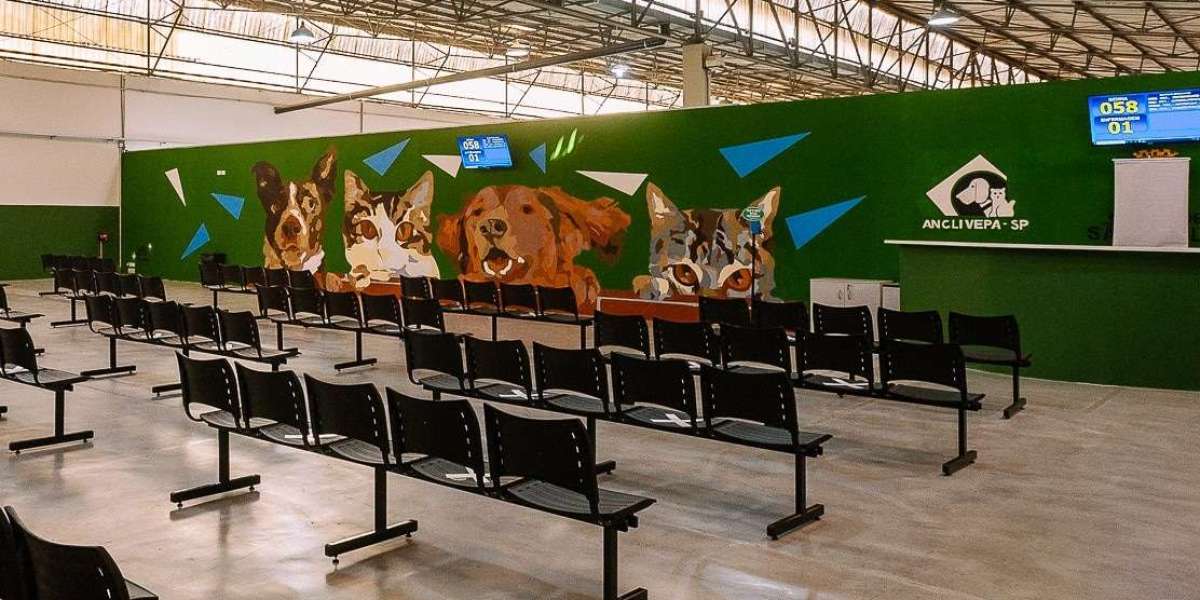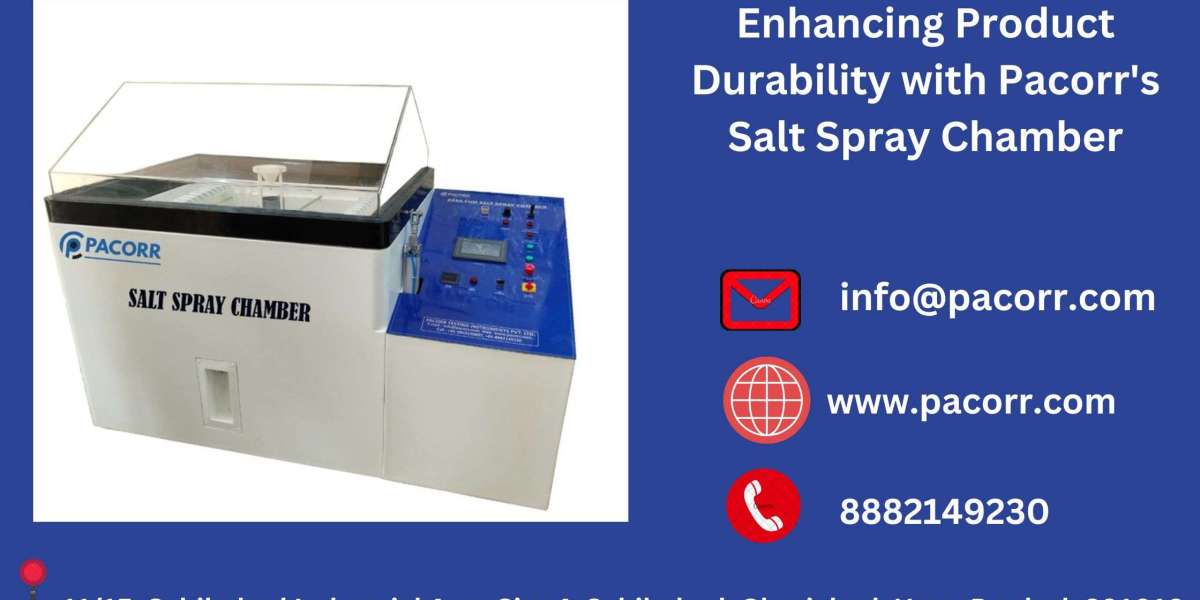In the rapidly evolving world of 3D printing, professionals often have numerous questions about the technology, its applications, and best practices. This article aims to provide comprehensive answers to some of the most frequently asked questions in the realm of professional 3D printing.
What Are the Key Benefits of Professional 3D Printing?
Professional 3D printing offers several advantages over traditional manufacturing methods. These benefits include:
- Customization: The ability to create highly customized products tailored to specific needs.
- Speed: Rapid prototyping and production, significantly reducing time-to-market.
- Cost-Effectiveness: Lower production costs for small to medium-sized batches.
- Complexity: The capability to produce complex geometries that are difficult or impossible to achieve with conventional methods.
What Materials Can Be Used in Professional 3D Printing?
The range of materials available for professional 3D printing is extensive. Common materials include:
- Plastics: Such as PLA, ABS, and Nylon.
- Metals: Including stainless steel, titanium, and aluminum.
- Composites: Materials that combine different substances to enhance properties.
- Resins: Used in stereolithography (SLA) and digital light processing (DLP) printers.
How Do I Choose the Right 3D Printer for Professional Use?
Choosing the right 3D printer depends on several factors, including:
- Application: Consider the specific needs of your project. Are you prototyping, producing end-use parts, or creating complex models?
- Material Compatibility: Ensure the printer supports the materials you intend to use.
- Build Volume: The size of the printer's build area should accommodate your largest anticipated projects.
- Resolution: Higher resolution printers produce finer details but may be slower and more expensive.
- Budget: Balance your needs with your budget to find the best value.
What Are the Common Challenges in Professional 3D Printing?
While professional 3D printing offers many benefits, it also comes with challenges:
- Material Limitations: Not all materials are suitable for all applications.
- Post-Processing: Many 3D printed parts require additional finishing steps.
- Technical Expertise: Operating and maintaining 3D printers can require specialized knowledge.
- Quality Control: Ensuring consistent quality across multiple prints can be difficult.
"The future of manufacturing lies in the ability to create complex, customized products quickly and cost-effectively. Professional 3D printing is at the forefront of this revolution."
Conclusion
Professional 3D printing is a powerful tool that offers numerous benefits, from rapid prototyping to the production of complex, customized products. By understanding the key aspects of this technology, including material options, printer selection, and common challenges, professionals can make informed decisions that enhance their projects and workflows.
For more detailed information and to see some of the latest 3D printing products, visit our Professional 3D Printing page.
References








